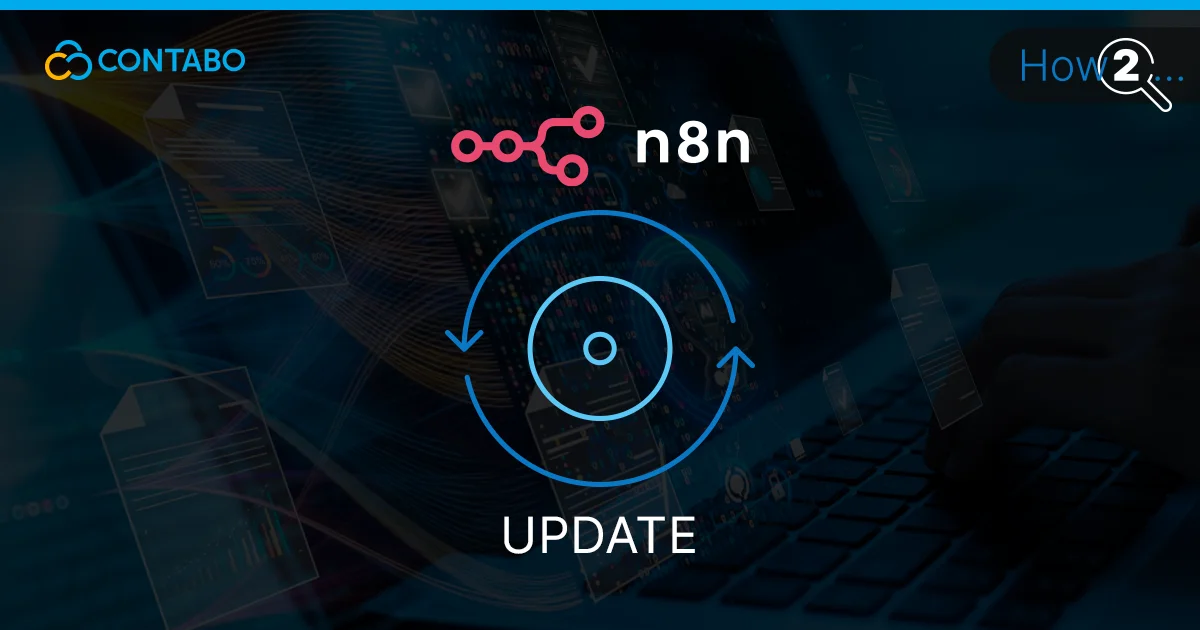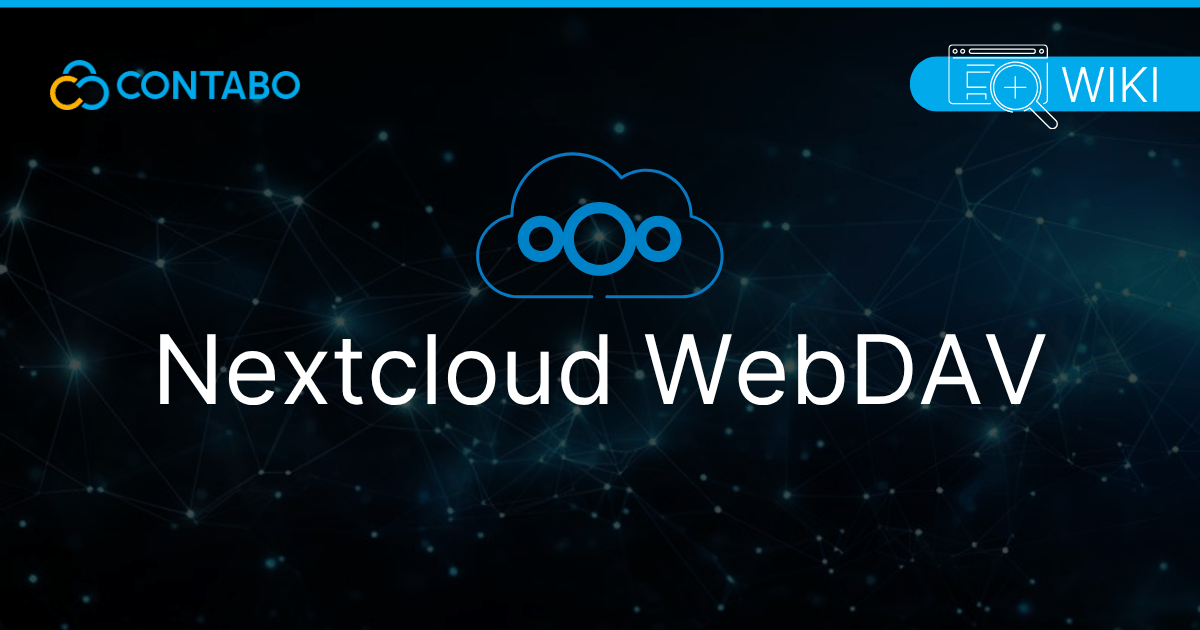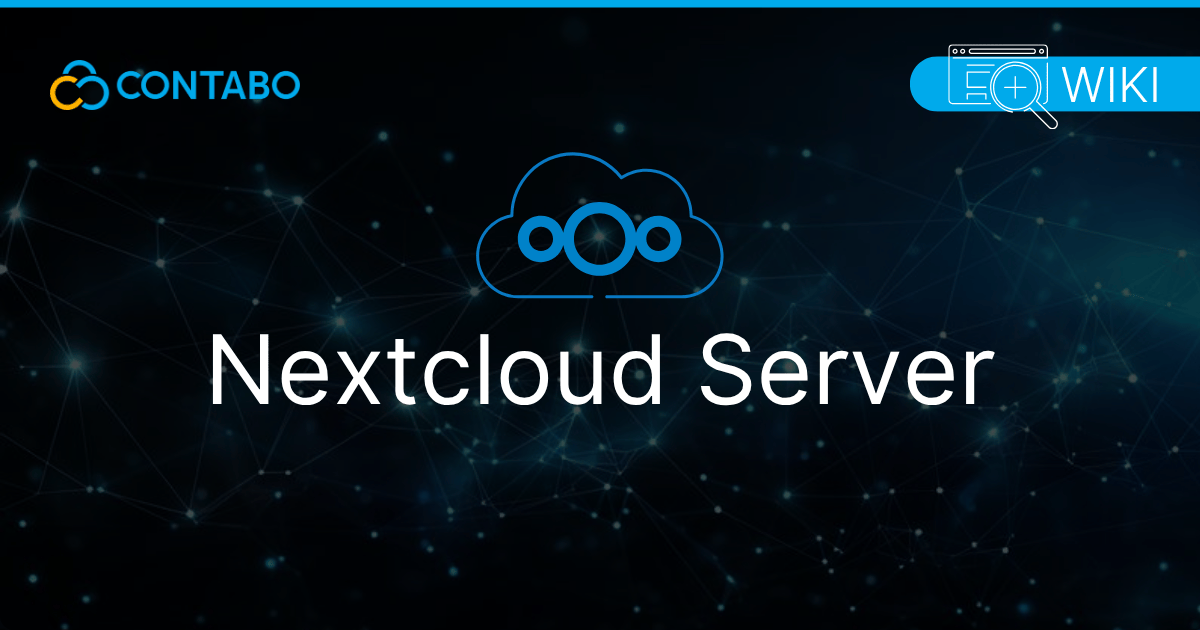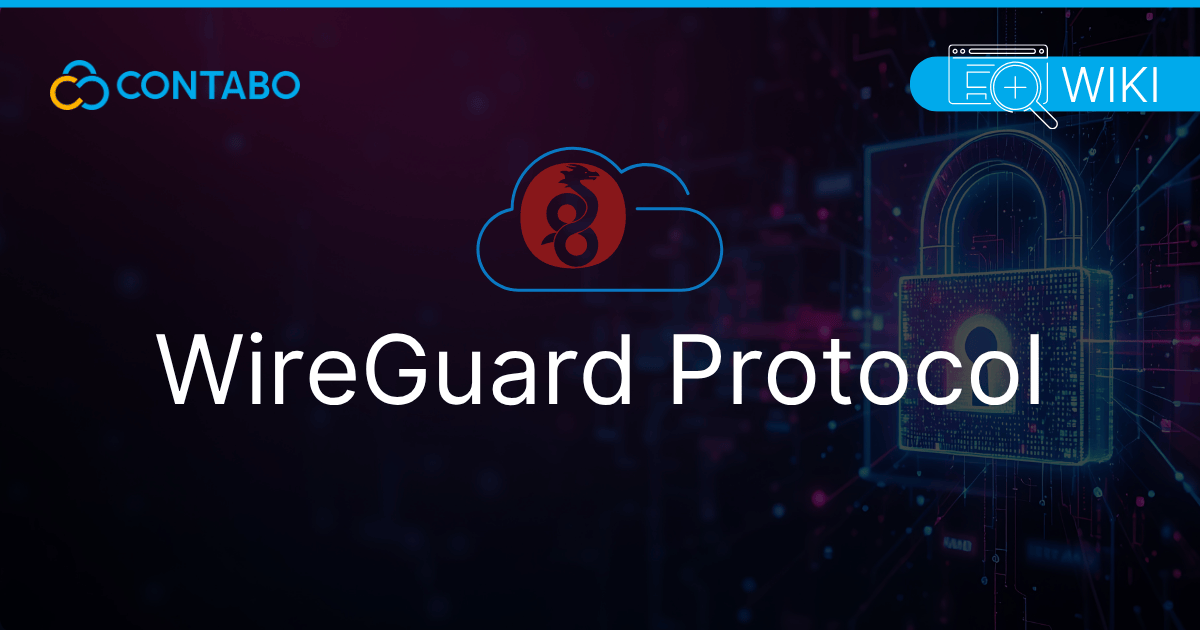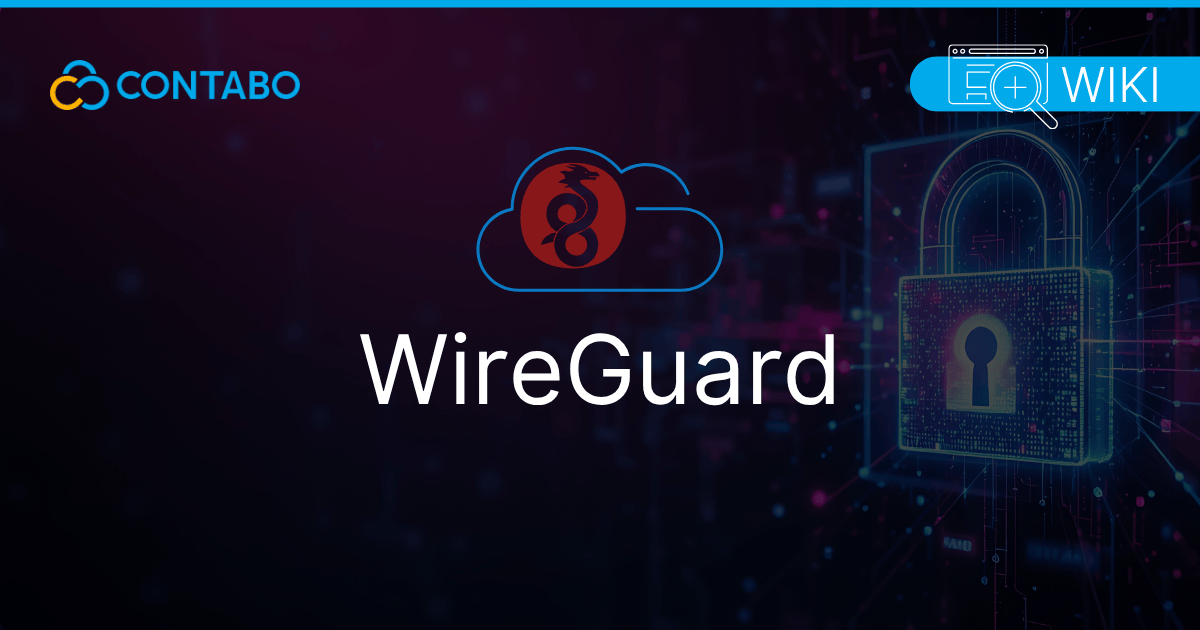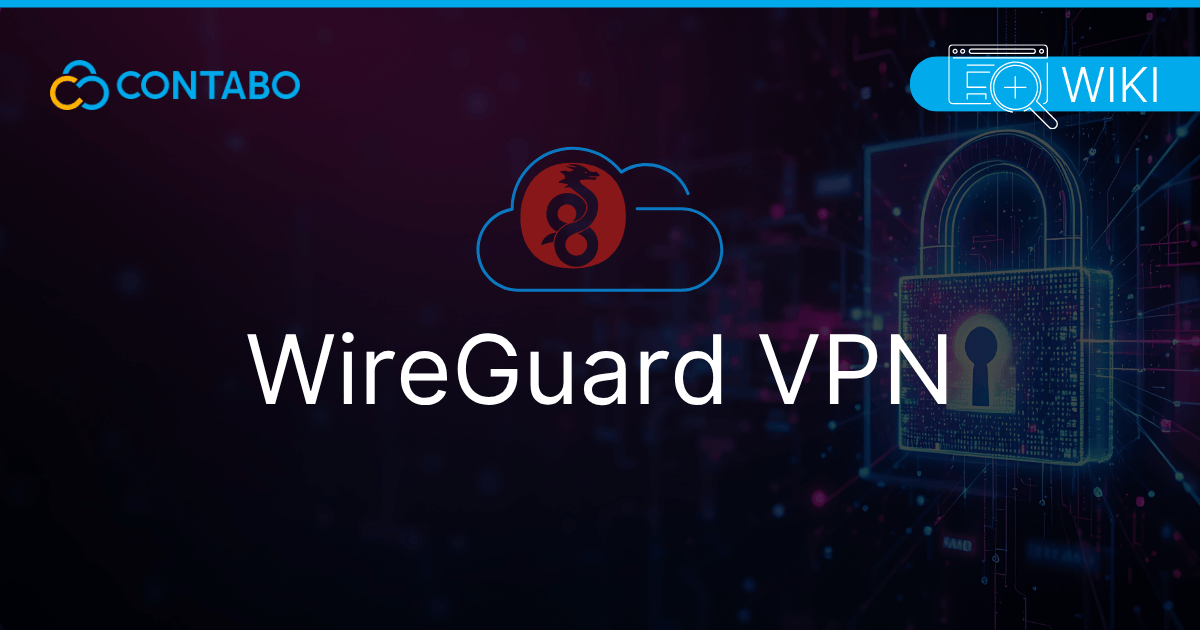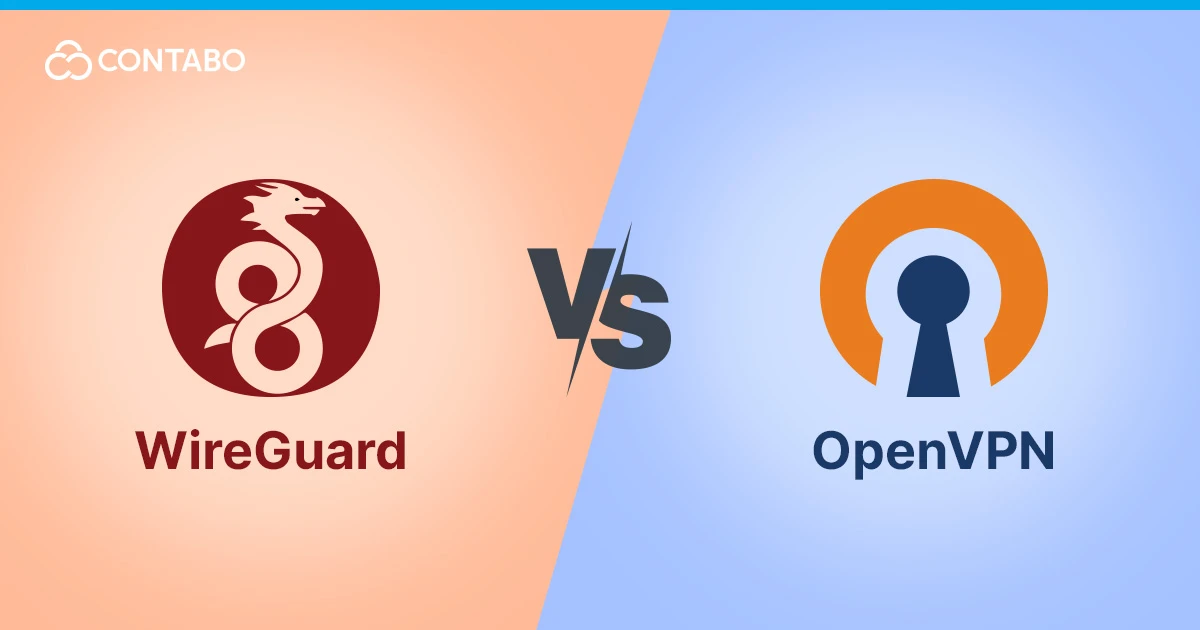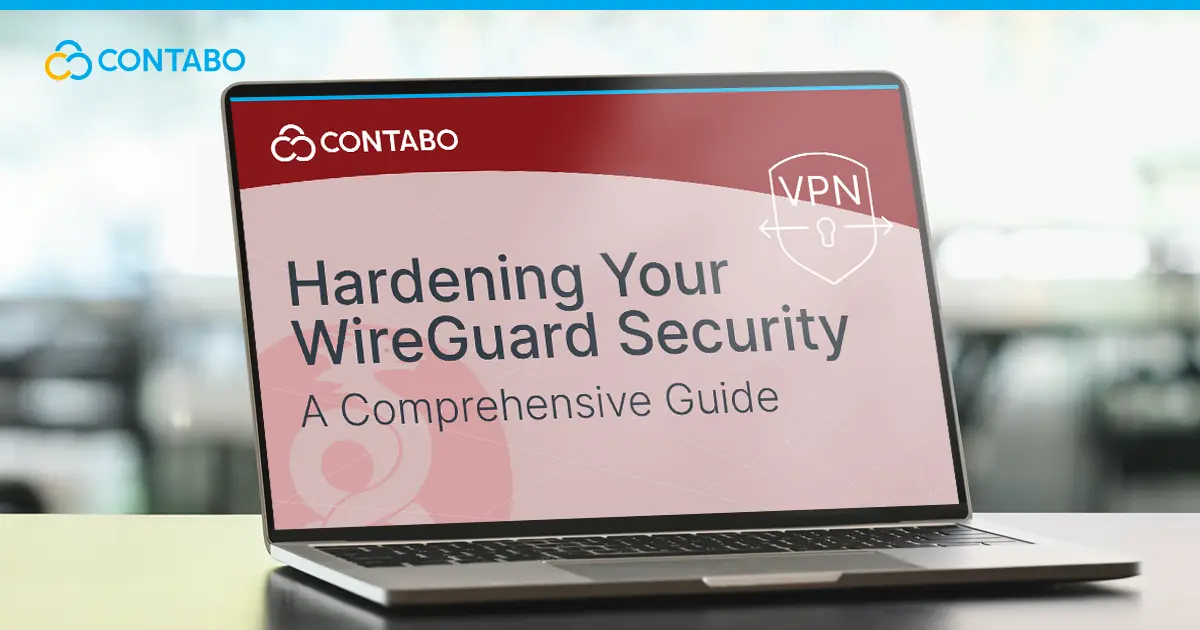How to Update Your Self-Hosted n8n Instance on Contabo
Keep your self-hosted n8n instance current with this step-by-step update guide. Learn how to safely pull the latest version, restart containers, and verify everything works – all in about five minutes using Docker Compose on your Contabo server,
How to Update Your Self-Hosted n8n Instance on Contabo Read More »
